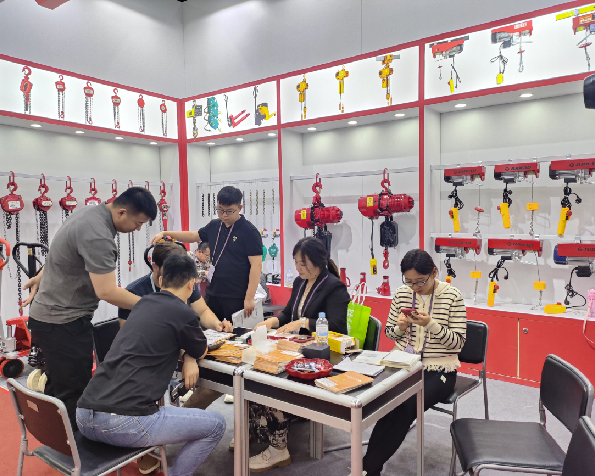


Industrial Fall Protection Ensuring Safety at Heights
In the industrial landscape, safety is of paramount importance, particularly when it comes to operating at heights. The risks associated with falls are significant, with statistics indicating that falls are one of the leading causes of injuries and fatalities in the workplace. Therefore, a robust fall protection plan is essential for any organization that requires personnel to work on elevated surfaces.
Understanding Fall Risks
Industrial settings, such as construction sites, warehouses, and manufacturing plants, often involve tasks that necessitate working at heights. This can include everything from maintenance on rooftops to installation of equipment on scaffolding. The dangers are exacerbated by factors such as weather conditions, the use of heavy machinery, and the often fast-paced environment of industrial work. Understanding the specific risks associated with your work environment is the first step in developing an effective fall protection strategy.
The Occupational Safety and Health Administration (OSHA) identifies several conditions that mandate fall protection systems. These include working at heights of six feet in the construction industry and four feet in general industry settings. Employers must take proactive measures to ensure that workers are protected against falls, as the consequences of neglecting this responsibility can be severe, leading not only to injuries but also legal repercussions and damage to the company’s reputation.
Components of a Fall Protection Plan
A comprehensive fall protection plan typically consists of several key components, including hazard assessment, training, and the implementation of protective measures.
1. Hazard Assessment The first step in developing a fall protection plan is conducting a thorough assessment of the workplace. This entails identifying all potential fall hazards, including unguarded edges, unstable surfaces, and the presence of holes or openings. By understanding where and how falls can occur, employers can tailor their fall protection systems to address specific risks.
2. Training Education plays a crucial role in fall protection. Workers must be trained on the proper use of fall protection systems, including harnesses, lanyards, and safety nets. Additionally, training should cover the importance of reporting unsafe conditions and adhering to safety protocols. Regular refresher courses can help keep safety at the forefront of employees' minds.

3. Protective Measures Once hazards have been identified and employees trained, the next step is implementing appropriate fall protection measures. These can be categorized into three types
- Personal Fall Arrest Systems (PFAS) These systems are designed to stop a fall before an employee hits the ground. PFAS typically include a safety harness connected to a lanyard or safety line.
- Guardrails and Safety Nets Preventative measures like guardrails can be installed along open edges to provide a physical barrier that keeps workers from falling. Safety nets catch individuals if they slip, minimizing the risk of injury.
- Administrative Controls These include policies and procedures designed to limit exposure to fall hazards. This could involve scheduling work during favorable weather conditions or implementing a buddy system so that workers can assist each other while on the job.
The Role of Technology in Fall Protection
The integration of technology into fall protection strategies has revolutionized workplace safety. Utilizing drones for site inspections, wearable safety technology that monitors workers’ positions and movements, and advanced fall detection devices can all enhance the effectiveness of fall prevention efforts. Additionally, capturing data and analyzing incidents can help organizations continually improve their fall protection measures based on real-world experiences.
Conclusion
In conclusion, ensuring safety in industrial environments where employees work at heights is critical. A systematic approach to fall protection—encompassing thorough hazard assessments, effective training, implementation of safety measures, and the incorporation of technology—can significantly reduce the risks associated with falls. By prioritizing fall protection, employers not only safeguard their workers but also foster a culture of safety that ultimately enhances productivity and morale within the workplace. Creating a safe working environment is not just a regulatory obligation but a moral imperative that can save lives.



